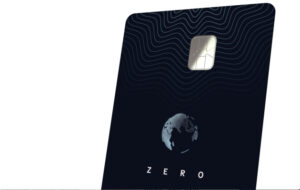Tips from a 2013 TC pitch-off winner

After winning the 2013 TC Meetup and Pitch-off, I decided to drop out of business school to pursue my startup full time. Two years and two award-winning iPhone apps later, we ultimately decided it was time to sell our technology to Snapchat.
At that point, I went back to Harvard to finish up my MBA, and after graduation, I joined an early-stage venture capital firm based in Palo Alto.
Through my startup experience and having now invested in more than 10 startups with Wing, what I’ve come to learn is that finding the right venture capitalist for your startup is one of the most important decisions you’ll make. In many ways, it’s like finding the right spouse.
A great VC will do so much more for you than just write a check. You want someone with a high degree of empathy and curiosity who will ask the right questions and challenge you, while also being a shock absorber for bad news. VCs should never give armchair product advice nor cross the line into micromanagement.
Consistent communication is important, but it’s not just a matter of throwing a recurring meeting on the calendar.
The best founder and VC relationships are based on trust and partnership; it should be a relationship that’s nonjudgmental, supportive, and constructive. As many founders can attest, the startup journey can be lonely at times. Having a true partner to help you steer the ship when the sailing is smooth or otherwise can be a game-changer.
Here are some pieces of advice that I’d give to founders about how to choose the right VC and get the best out of the relationship.
Choose someone who can help with your blind spots
As a founder, it’s easy to get bogged down by details. In my case, I was so focused on the product experience that I didn’t think through other strategic initiatives like marketing, partnerships, or, at times, fundraising.
For example, it was only after being prompted by an investor that I started putting time and energy into strengthening my relationship with Apple to get our app featured in the Apple Store. This App Store feature changed the company’s trajectory, and it came as a result of an investor making an introduction to Apple.







![Read more about the article [Funding alert] D2C millennial cigarette brand Hash raises $3.5M in angel round](https://blog.digitalsevaa.com/wp-content/uploads/2021/08/feature15627598600911574830759090png2-1628833988915-300x150.png)

